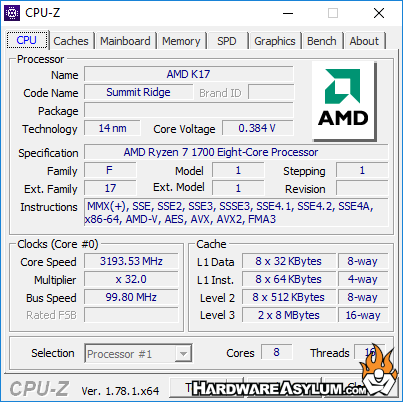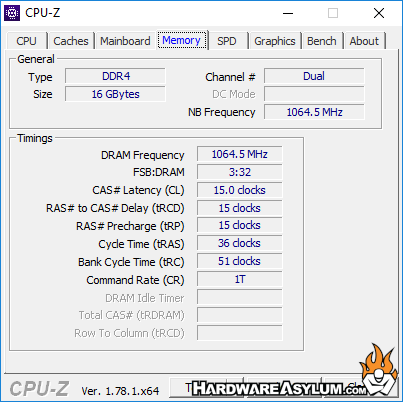Aorus AX370 Gaming 5 Motherboard Review
Author: Dennis GarciaBenchmark Configuration
Aorus AX370 Gaming 5 – X370 Chipset
AMD Ryzen 1700 (3.0Ghz) Octo Core 8 x 4MB L2 Cache 16MB L3 Cache
Noctua NH-U12S SE-AM4
1x nVidia GTX 980Ti
2x GeIL EVO PC4-25600 16GB DDR4 (16-16-16-36)
Crucial MX300 750GB SSD
HP dvd1260i Multiformat 24x Writer
Thermaltake Toughpower Grand 1050 Watt PSU
Windows 10 Professional 64bit
Gigabyte GA-990FX-Gaming - 990FX Chipset
AMD FX-9590 X8 Black Edition (4.7Ghz) 4 x 2MB L2 Cache 8MB L3 Cache
Thermaltake Water 2.0 Extreme
1x nVidia GTX 980Ti
2x GSKill RipjawsX PC2133 4GB DDR3 (9-10-9-28)
HyperX 3K 240GB SSD
HP dvd1260i Multiformat 24x Writer
Thermaltake Toughpower Grand 1050 Watt PSU
Windows 7 Ultimate 64bit SP1.
Gigabyte GA-Z170X-Ultra Gaming – Z170 Chipset
Intel Core i5 6600K (3.5Ghz) Quad Core 4 x 256KB L2 Cache 6MB L3 Cache
Thermaltake Water 2.0 Performer
1x nVidia GTX 980Ti
2x Corsair Vengeance LPX PC4-21300 16GB DDR4 (15-17-17-35)
Micron C300 128GB SSD
HP dvd1260i Multiformat 24x Writer
Thermaltake Toughpower Grand 1050 Watt PSU
Windows 7 Ultimate 64bit SP1


This review marks the first X370 based motherboard in the Hardware Asylum review database which has some unique disadvantages. First we are using a Ryzen 1700 for testing which is still quite fast but not top of the line. The CPU does feature SMT to help make things fast in multi threaded benchmarks and may throw the charts off for certain benchmarks and may show very little difference in others.
Our motherboard testing suite has been compiled to subject the system to a variety of different scenarios that help uncover some of the subtle differences in motherboard design. Normally these differences are driven by the processor and BIOS programming but with the advent of an IMC and PCI Express moving to the CPU we have discovered that raw performance numbers are virtually identical across the systems.
Our new approach is to look at total system performance and minimize the variances. The results will tell us how the system responded as a total package and also give us something to use in our comparisons.

